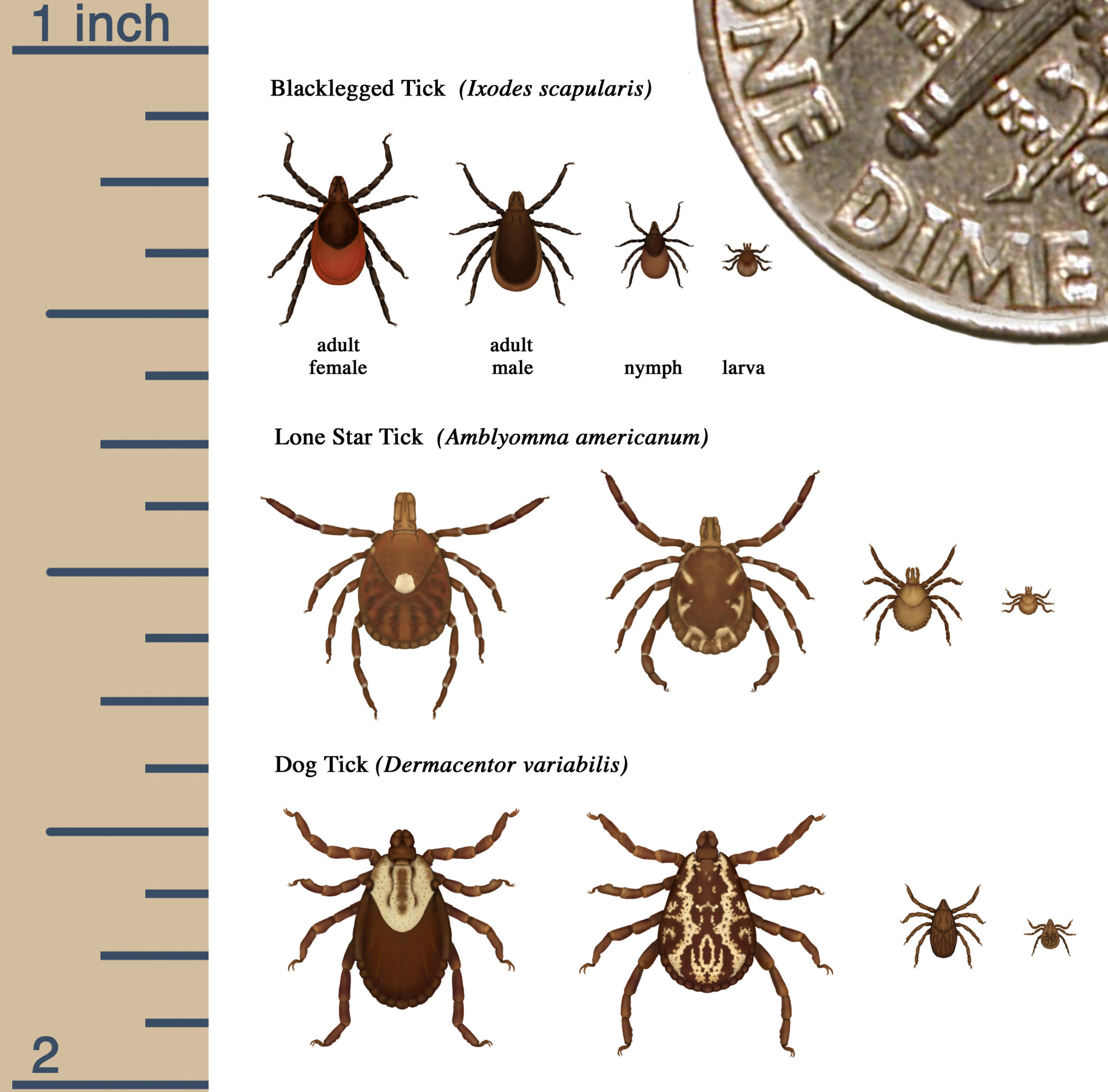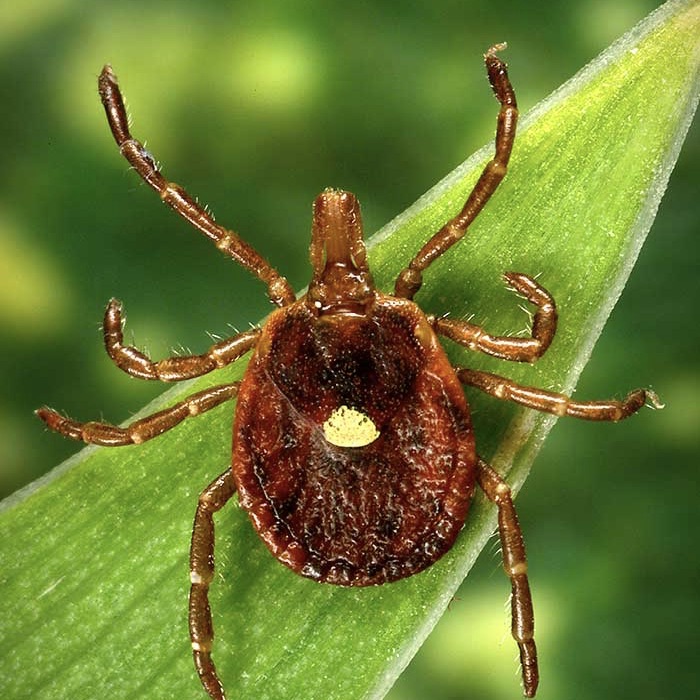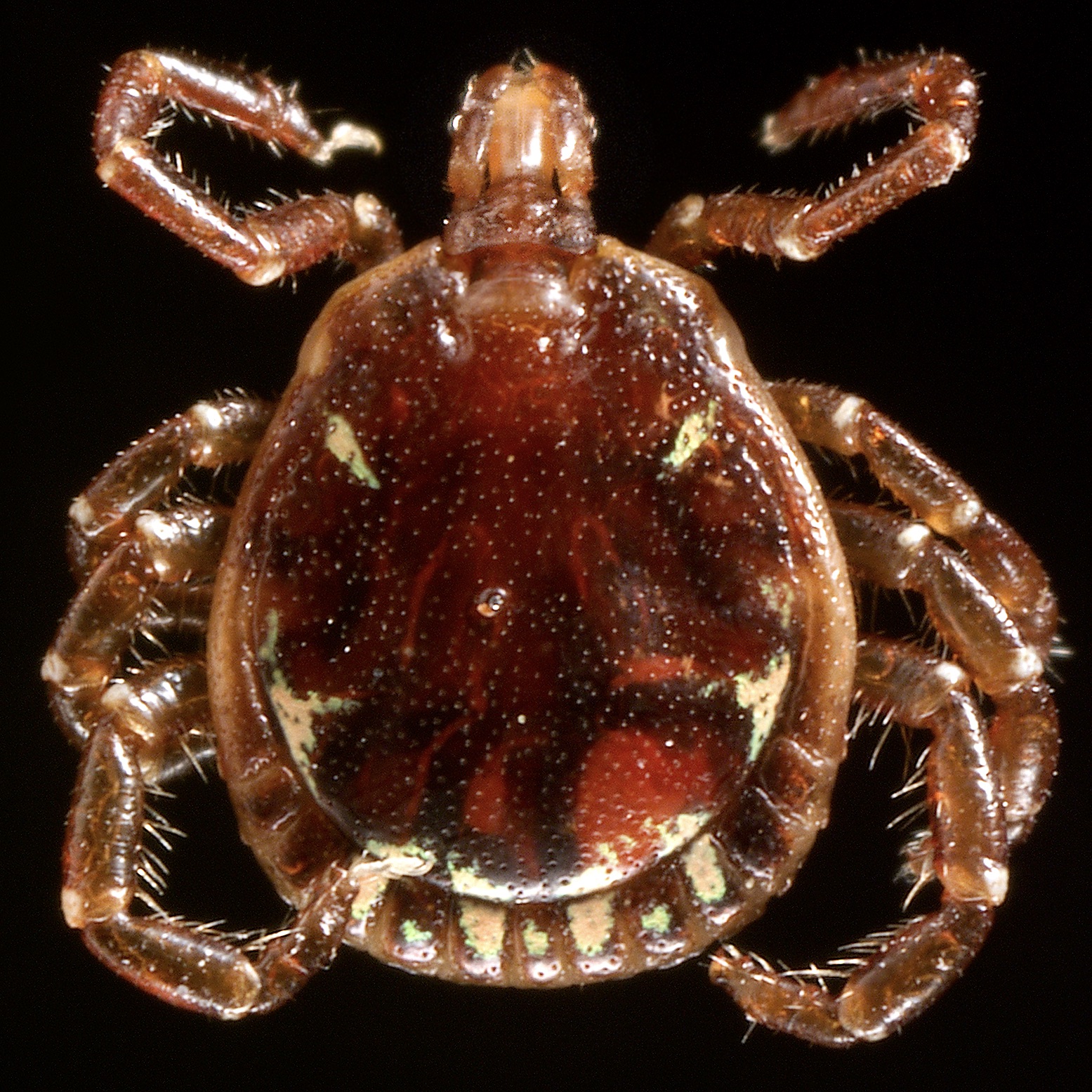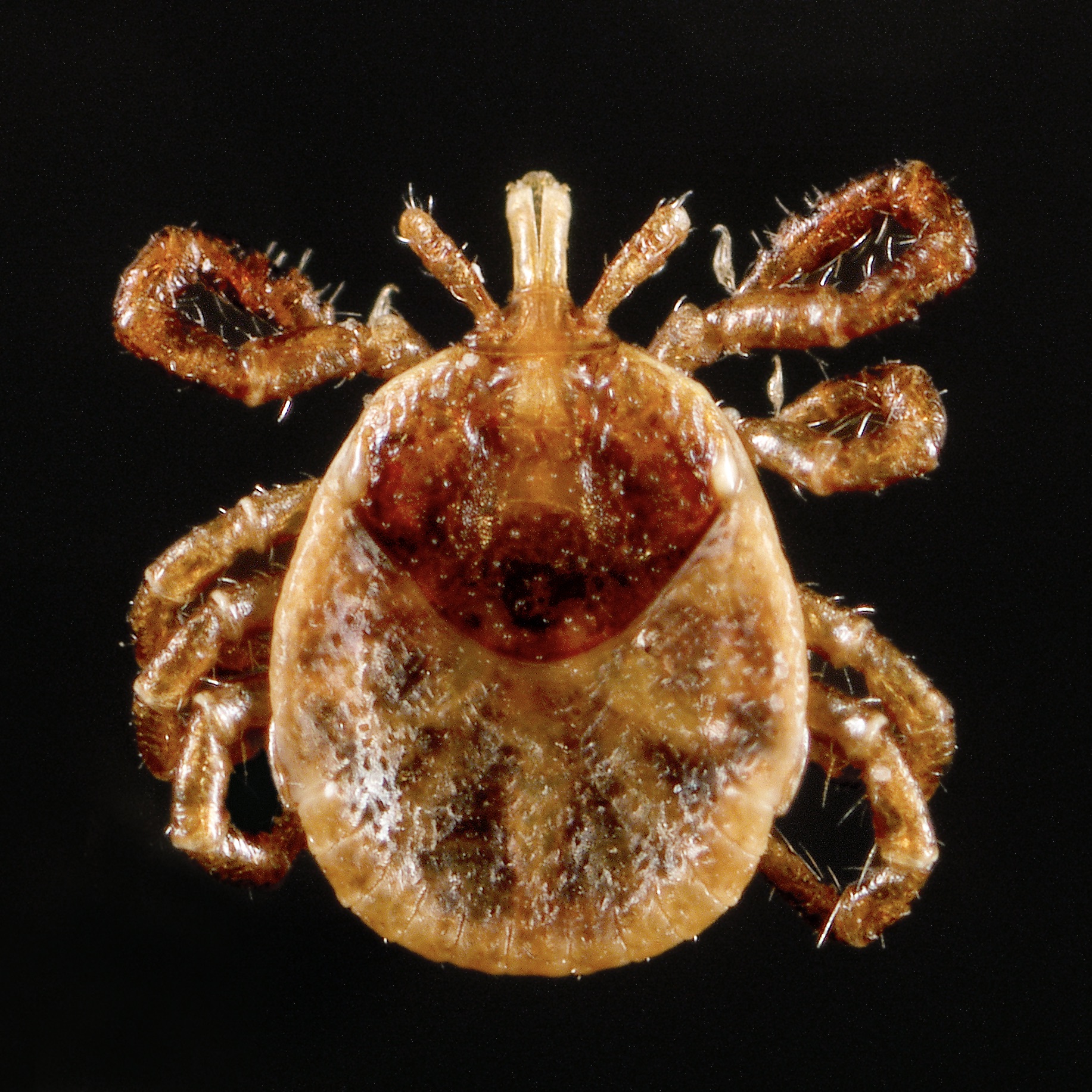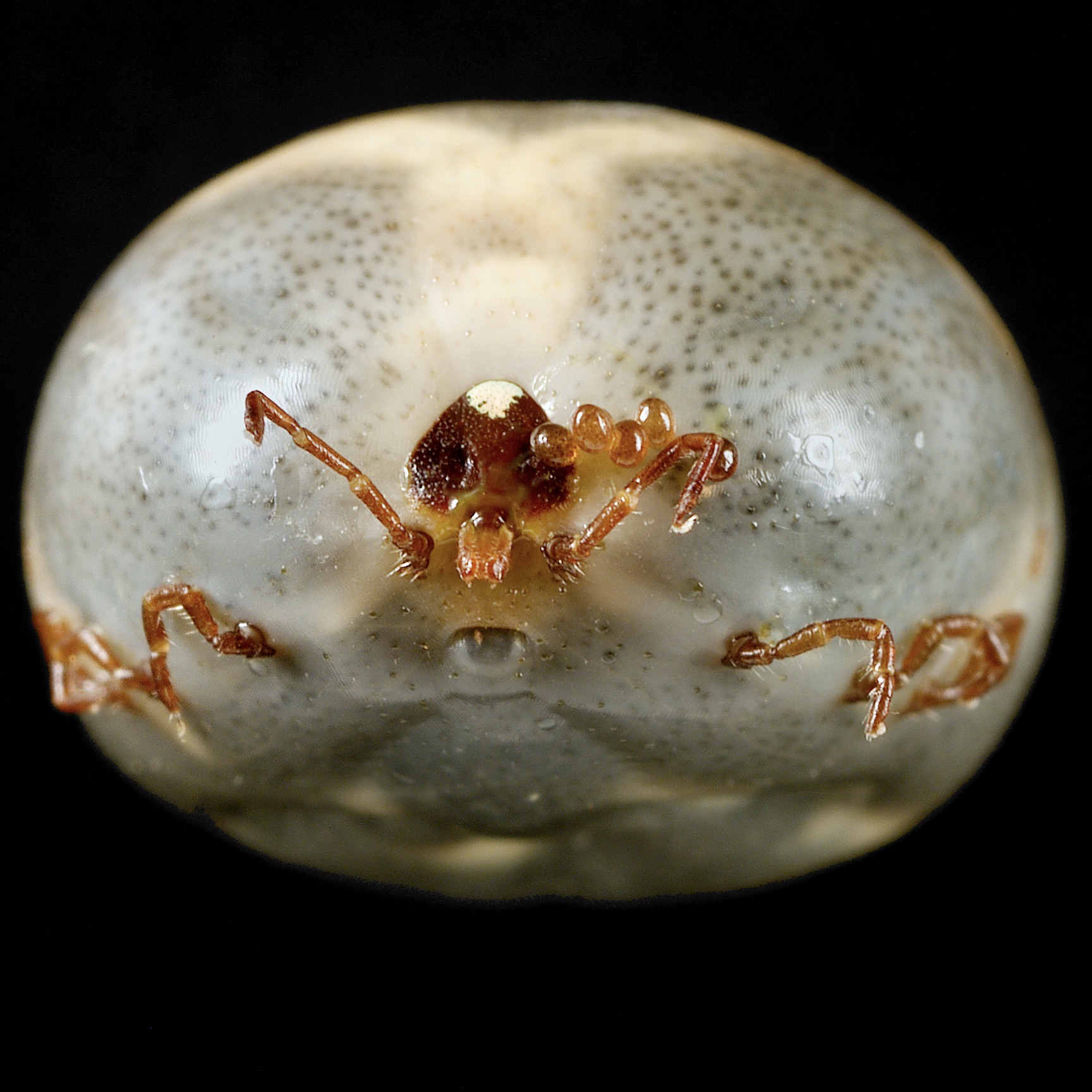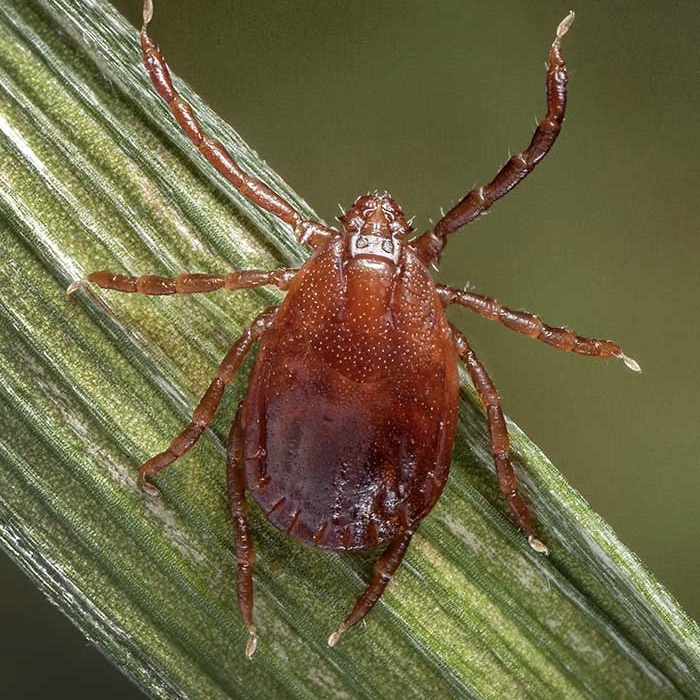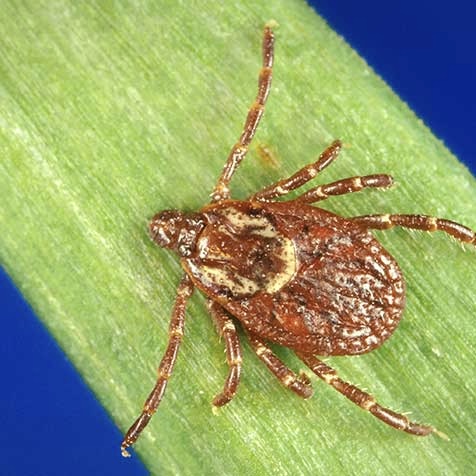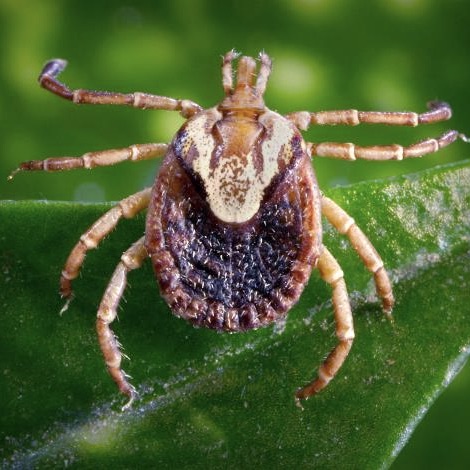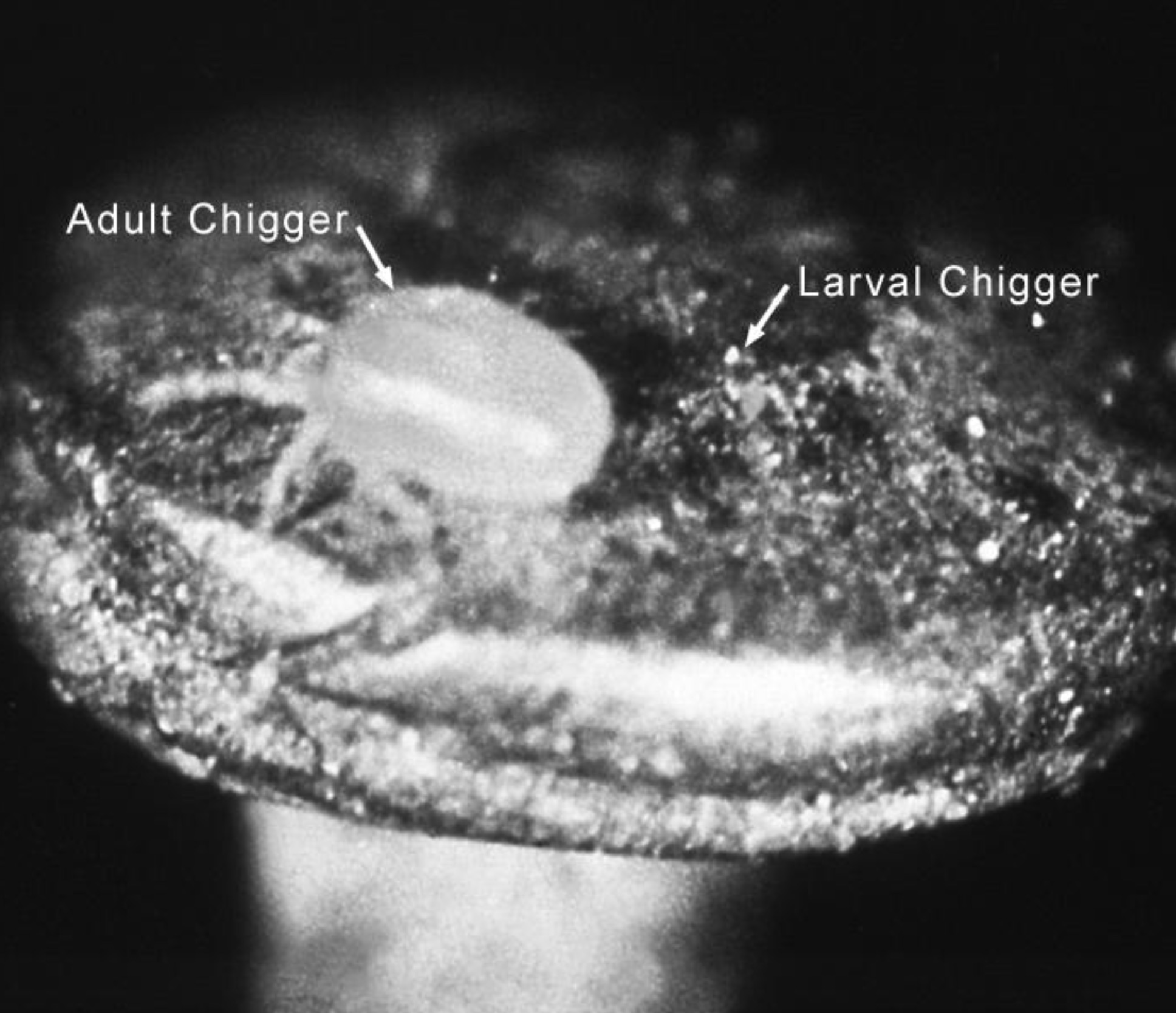Tick ID
A Guide for People with Alpha-gal Syndrome
Tick Identification
Tick Identification
Different species of ticks transmit different diseases. Some are associated with alpha-gal syndrome and some aren’t. For this reason, you may want to identify any ticks that bite you.
- The CDC provides information on tick species and their distribution on here.
- Information about identifying ticks can be found here..
- The CDC also has a Tick Image Gallery.
- There are many websites with good information about tick identification. One of our favorites is the TERC website.
- You can buy tick identification cards to keep with you when you go outside here.
- If you take a good photo of the tick that bites you, you can send it to TickSpotters to be identified.
Information about ticks associated with alpha-gal syndrome is available here.
Tick Lifecycles
Source: CDC
Lone Star Tick Image Gallery
Click images to enlarge
Lone Star Tick (Amblyomma americanum)* female
Source: CDC
*Strongly associated with AGS in U.S.
Lone Star Tick (Amblyomma americanum)* male
Source: CDC
*Strongly associated with AGS in U.S.
Lone Star Tick (Amblyomma americanum)* nymph
Source: CDC
*Strongly associated with AGS in U.S.
Lone Star Tick (Amblyomma americanum)* engorged female with eggs
Source: CDC
*Strongly associated with AGS in U.S.
Other Possible North American Vectors
Ticks
Asian Longhorned Tick (Haemaphysalis longicornis)* female
Source: CDC
*Associated with AGS in Asia and likely to be associated with AGS in U.S.
American Dog Tick (Dermacentor variabilis)* female
Source: CDC
*Anecdotally associated with AGS in Wisconsin and Minnesota
Cayenne Tick (Amblyomma cajennense)* female
Source: CDC
*Associated with AGS in Central America, but also found in Texas and Florida
Blacklegged Tick (Ixodes scapularis)* female
Source: CDC
*As of yet, not associated with AGS, but has alpha-gal in its saliva
Mites
Chigger (Trombicula sp.) adult and larva on the head of a pin
Source: CDC
*There is speculation that chiggers may trigger AGS. Note that it is the larvae of chiggers that feed on humans, not the adults. The larvae are 0.17-0-.22mm in diameter, a size barely detectable by the naked eye. If you can see what bit you, it is probably not a chigger; it is most likely a larval tick. Larval ticks are also tiny, but visible.
More Information
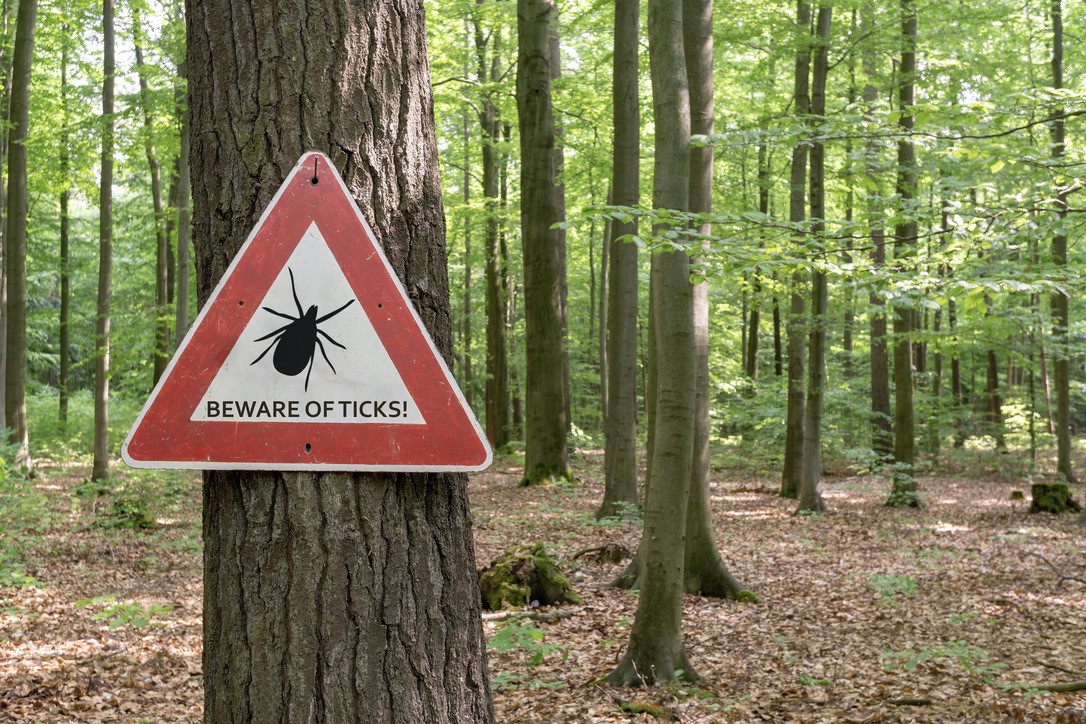
Ticks and Alpha-gal Syndrome→

Avoiding Tick Bites→

Ticks and Pets→

What to Do If You Are Bitten by a tick→

Symptoms of AGS→

Diagnosis of AGS→
Additional Resources
General Information
CDC Ticks
Tick Encounter Resource Center
TIC NC
Testing
Ticknology
Tick Encounter Resource Center
Save the Tick
Tick Report
References
1. CDC Ticks
2. Tick Encounter Resource Center
3. Commins SP. Diagnosis & management of alpha-gal syndrome: lessons from 2,500 patients. Expert Review of Clinical Immunology. 2020 Jul 9:1-1.
All the information on alphagalinformation.org is provided in good faith, but we, the creators and authors of the Alpha-gal Information website offer no representation or warranty, explicit or implied, of the accuracy, adequacy, validity, reliability, availability, or completeness of any information on this site. Under no circumstances should we have any liability for any loss or damage incurred by you as a result of relying on information provided here. We are not physicians or medical professionals, researchers, or experts of any kind. Information provided in this website may contain errors and should be confirmed by a physician. Information provided here is not medical advice. It should not be relied upon for decisions about diagnosis, treatment, diet, food choice, nutrition, or any other health or medical decisions. For advice about health or medical decisions including, but not limited to, diagnosis, treatment, diet, and health care consult a physician.
READ FULL DISCLAIMER>

